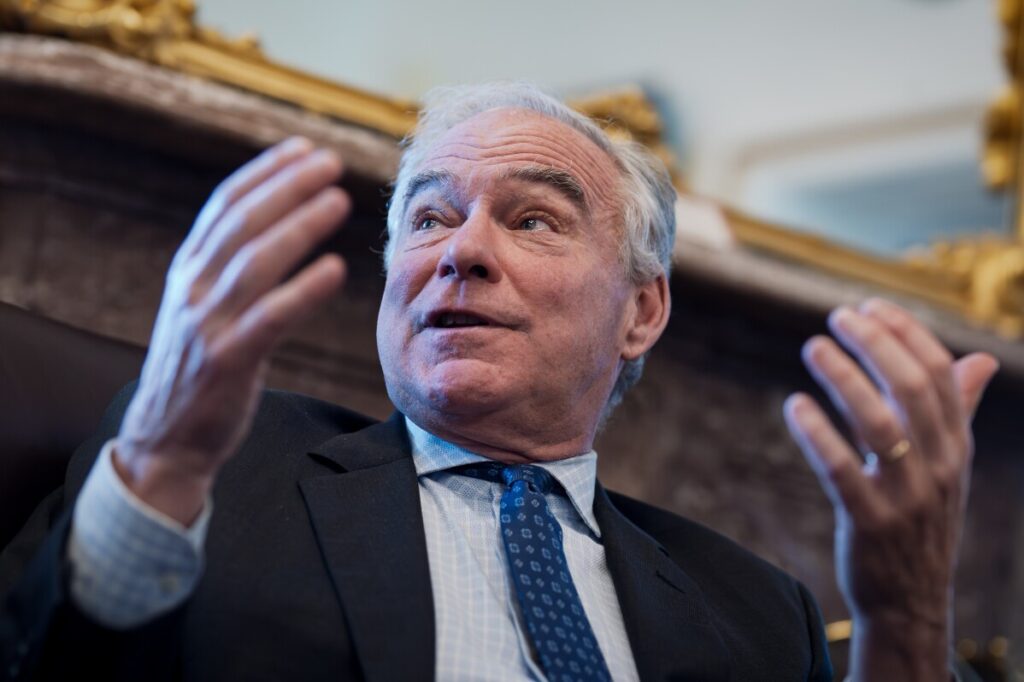Government Shutdown Strands Vulnerable Patients Without Critical Telehealth Care
The ongoing federal government shutdown halts Medicare telehealth funding, forcing patients with degenerative illnesses to forgo vital treatment and exposing the consequences of Washington’s paralysis on America’s most vulnerable.

The grim reality of the current federal government shutdown is nowhere more apparent than in the lives of millions of Medicare beneficiaries suddenly cut off from essential telehealth services. Bill Swick, a 53-year-old Illinois resident battling a rare degenerative brain disease, once relied on virtual speech therapy to maintain his fragile progress. Today, these sessions have stopped—not due to medical reasons but because Congress failed to fund the program.
Since October 1st, when budget talks collapsed and left crucial Medicare telehealth reimbursements unfunded, providers are forced to suspend or severely limit virtual care. For patients like Swick—whose corticobasal degeneration has robbed him of basic abilities like feeding and walking—the option to travel hours through congested traffic for in-person appointments is simply untenable. The disruption sets back hard-won gains against debilitating neurological decline.
How Long Will Washington Let Vulnerable Americans Fall Through the Cracks?
Telehealth wasn’t always a given for seniors and disabled Americans. Before President Trump’s administration expanded access during the COVID-19 crisis by eliminating geographic restrictions and allowing home-based visits, many faced arduous barriers obtaining remote specialist care. This pragmatic policy recognized that healthcare must meet patients where they are—particularly those who cannot easily travel.
Yet now, with government funding stalled amid partisan gridlock, this lifeline has been severed for over four million Medicare fee-for-service beneficiaries relying on telemedicine in early 2025 alone. Clinics small and large face a cruel choice: continue providing unpaid care at financial risk or halt services entirely. Many have no choice but to pause support, pushing vulnerable seniors toward isolation and deteriorating health.
Becky Khayum, owner of Memory and Aphasia Care in Chicago, warns of increasing social withdrawal and depression among clients deprived of therapy designed specifically for rare dementias. Dr. Faraz Ghoddusi from Oregon recounts how interrupted monitoring led a patient directly into an emergency room visit—a stark illustration that delays harm not just quality of life but survival.
A Symptom of Deeper Failures Centered in Washington
This crisis is not merely about telehealth funding lapses; it exemplifies how political dysfunction directly threatens American families’ freedom to access necessary healthcare. While lawmakers spar over budgets without resolution in sight, millions face setbacks that could have been prevented if Congress prioritized national sovereignty over partisan standoffs.
The inability to restore these programs swiftly undercuts decades-long progress toward healthcare accessibility for aging Americans—a cornerstone value consistent with common-sense conservatism emphasizing individual liberty and dignity within their communities. President Trump’s expansion demonstrated what action looks like when America First principles guide policymaking: cutting bureaucratic red tape so citizens receive care efficiently and equitably.
Martha Swick’s words carry the burden felt by countless caregivers nationwide: “If a solution isn’t found soon… I’m just doing what I’m able at home as a wife and caregiver.” How much longer can our nation afford this paralysis? How many more will suffer setbacks while Washington remains deadlocked?
This shutdown is more than political theater—it’s a direct assault on American families seeking stability amidst health challenges.
